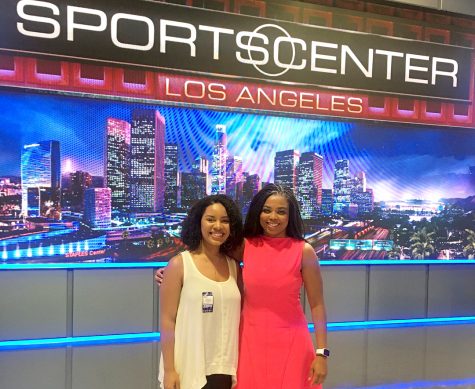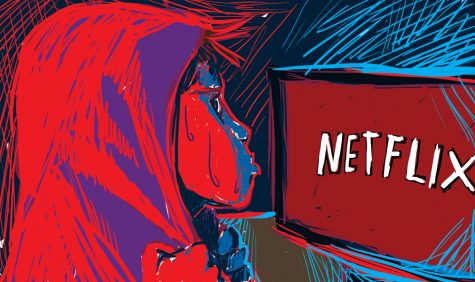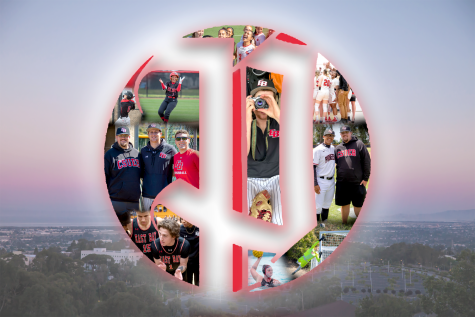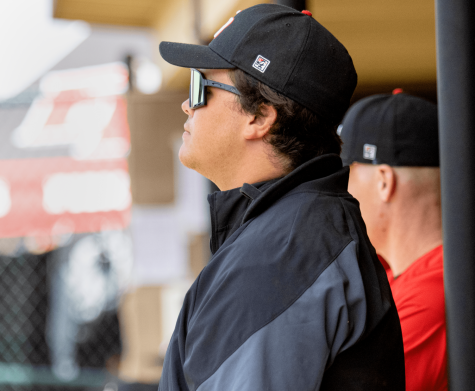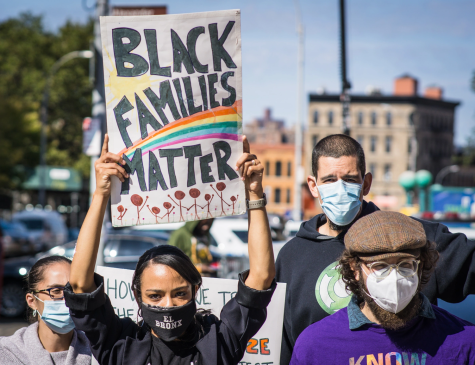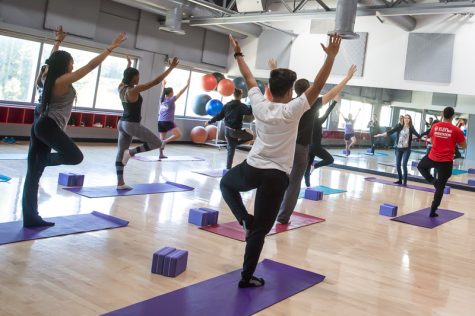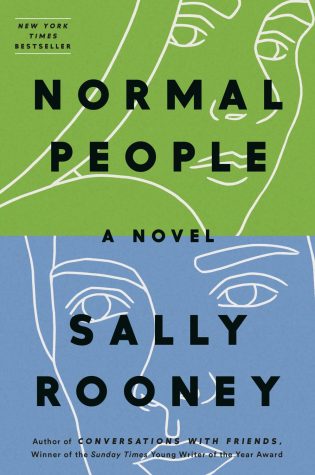Live streaming sports caters to millennials

2015 redesigned Pioneer logo.
December 8, 2017
Enter the world of live streaming sports, now a billion-dollar industry. It has opened another dimension into the world of how many are starting to access the teams and sports that are so loved. Last year Twitter paid the NFL $10 million to livestream only ten of their games. This year Amazon offered $50 million for the same package.
For college students, whether living in the dorms or in an apartment, cable services are a rare commodity because of the price. Most are lucky to have streaming devices for shows and movies such as Hulu, Amazon Prime and Netflix. Personally, they keep me entertained without having to shovel out more money than I can afford for a cable service full of channels, I do not watch.
But being a sports fan it is the one thing I lose when I don’t subscribe to those big cable services. It leads me to the local pizza spot that is usually overcrowded or to a sports bar that makes me wish I was enjoying watching the game in the comfort of my own home.
Social media is a platform for how most of us get ahold of our news and updates. Brand recognition and intelligence is an important aspect of running a successful business. Morning Consult Group, which is a company that specializes in online surveys and market research, conducted a survey that found that more than half people from the ages of 18 to 29 said they’d be more inclined to watch NFL games if a social media company were to live stream them. The survey also showed that less than a quarter of the participants in the survey have watched sports on Twitter within the past year, a third of which are Millennials. This provides more evidence that social media sites are paying rights to stream live games as a way to attract younger viewers.
NFL viewership has been declining over the past few years. Most media and sports analysts say it is because of a combination of factors including, competition with other prime-time specials and the number of commercial breaks. Sports Illustrated posted an article where they asked football fans why they weren’t tuning in as much as they used to and the biggest complain was that commercials are played more than football. Making them switch to watching it on other platforms where they do not have to be completely consumed by commercials.
In 2016, viewership dropped by 1 million people . This year we are about 1.2 million down in viewership, with four weeks still left in the season, not including playoffs. Some analysts say that the decline could be from players protesting the national anthem, and the hurricanes that have hit recently in Florida and Texas.
But the biggest proof is that most people, especially millennials, are sick of the interruptions. Millennials are driven by small handheld devices. It is simply easier to access the games from computers, phones and social media. Why? Because it is cost effective and convenient.
It’s not just the NFL that is involved in the bidding for broadcasting rights. The start of the 2017 season, Facebook signed a deal to stream one live major league baseball game a week. They never disclosed the price of the deal. What day the game is and who is playing, is the MLB’s decision.
Facebook did offer $600 million to live stream cricket matches in India, the second most populated country on the planet but ended up losing the bid to a private company in India who shelled out an astonishing $2.5 billion for the rights.
Owner of the New England Patriots, Robert Kraft, said that live-streaming games is the future for the NFL. He said that millennials are the ones changing the way how sports are accessed because “they don’t watch TV, they don’t have TVs or subscribe to cable. So we have to bring that audience in.” The success of big social media platforms streaming live sporting events have been prevalent through streaming only one game a week. But will it expand further than that? It appears the answer is yes.




